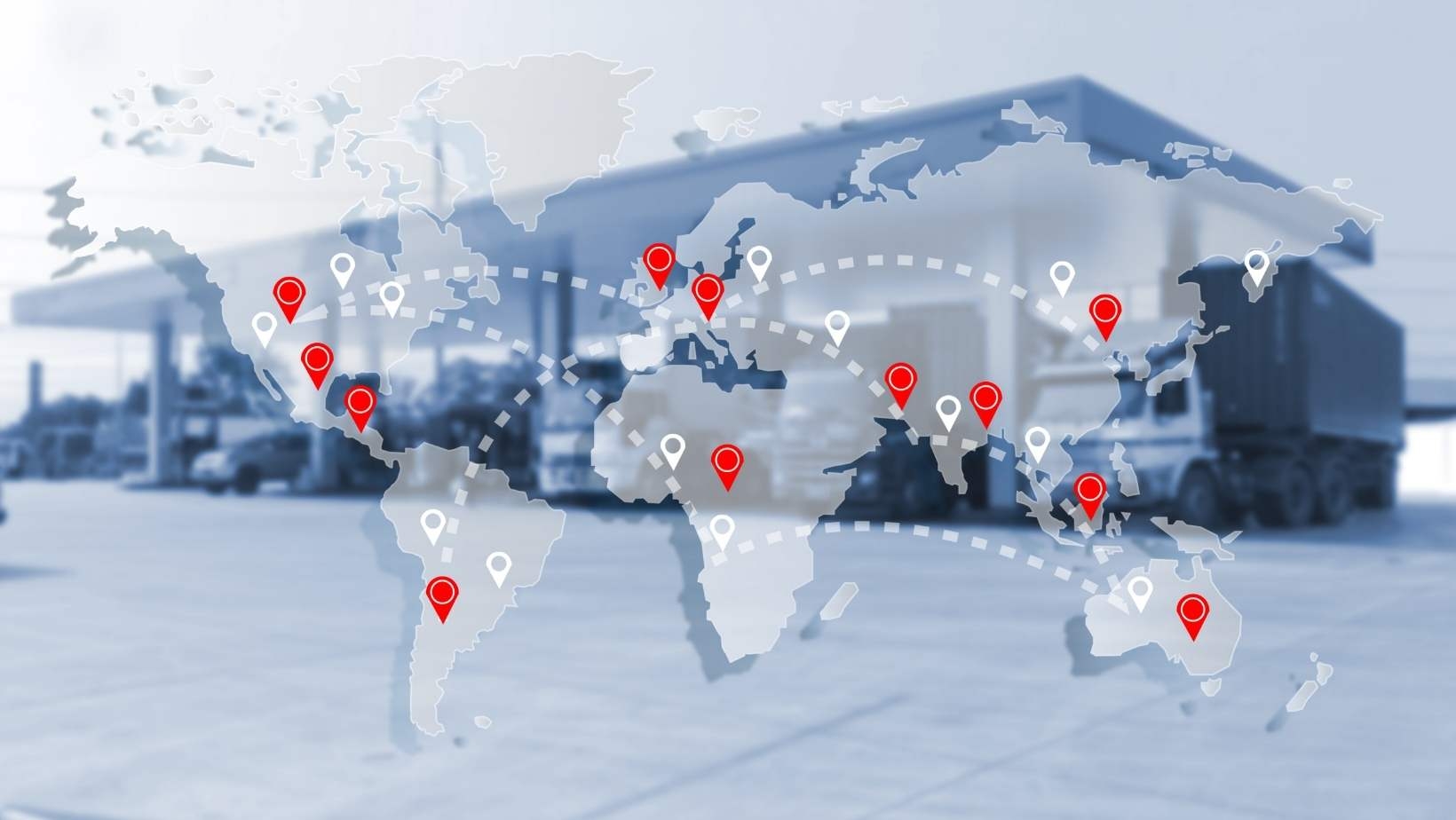Tips -Sep 15, 2022
What is a Mile: How Much is a Mile and How is it Calculated?

SimpliRoute
Logistics
Distribution
Industry

Start optimizing your routes now 🚀
Unless you live in the United States or the United Kingdom, you probably don't know what a mile is. Or at least, you've never had to use it in your daily life. Let's see what it is and why it is so widely used.
In most countries the International System of Units is used. Therefore it is more common to see units such as kilograms, kilometres, metres, etc.
However, in countries such as the United States, the United Kingdom and those influenced by them, they use the Imperial System, which uses very different units.
Among them, the most common for measuring long distances is the mile. You have probably heard of it, but what is a mile, how is it calculated and why not use another type of unit?
What is a mile
A mile is a unit of distance measurement. Its origin dates back to ancient Rome, where a mile used to be the distance travelled by a thousand steps.
Under that measurement, a mile was equivalent to 1481 metres.
Over time, Anglo-Saxon countries began to use the mile under different headings.
To measure speed (miles per hour), distances of merchant routes, etc. Therefore, there are several types of miles, such as the nautical mile, which is also widely used.
How much is a mile
There is no exact formula for converting kilometres to miles, as there is for other conversion units.
Just bear in mind that one Earth mile is equivalent to 1,609 metres.
As already mentioned, a Roman mile is equivalent to 1481 metres.
And finally, the nautical mile is a little longer, as it is equivalent to 1852 metres.
And as the name suggests, this measure is mostly used in navigation.
How miles are calculated
As there is no mathematical formula to facilitate the process, the simplest ways to calculate a mile are through ratios.
By knowing how many metres or kilometres a mile (whichever we are using) equals, we can do the calculations to arrive at the results.
On the other hand, we can use an automatic converter to speed up the process.
Some common stockings to consider are:
1 mile = 1609 metres
5 miles = 8046.7 metres
10 miles = 16093.4 metres
20 miles = 32186.8 metres
50 miles = 80467 metres
Why it is important to know them in the logistics process
It may seem contradictory, but although most countries use the International Metric System, the mile is widely used in many fields.
One of them is in the logistics and manufacturing management sector, as these processes include the shipping and transportation of products and goods.
For many organisations, or rather, for production managers, it is necessary to know the logistical processes of transport and dispatch routes.
These processes, regardless of the country in which they are carried out, will require knowledge of land and nautical miles.
Thus, it is of great importance to know these measures and their conversions when establishing routes, calculating shipping and distribution costs.
This stage of the process is known as the Last Mile, as it is the final stage where the product will be shipped to the customer.
How to optimize the mileage of a dispatch or shipment
Shipping dispatches form part of one of the aspects most valued by consumers.
The aim is for these to be fast, efficient and low-cost, and organisations are therefore making every effort to optimize this process.
To make the most of the miles travelled, it is essential that these three factors are covered in the logistics:
Appropriate transport methods. Distributions can be made by air, sea or land.
Often, a combination of these is used. Each has its advantages and complications and the most suitable one should be considered.
Dispatch routes. There are usually many routes to reach the same destination. However, it is part of logistics to establish the most appropriate one.
This takes into account time, procedures and costs.
Delivery times. This must be clearly agreed with the customer, as the goods must arrive when they can be received and processed.
Arriving at the wrong time can result in wasted time and resources.
It is this phase of production that has the greatest impact on the customer experience.
Even if the manufacturing process is efficient and the product is of high quality, poor dispatch logistics can lead to losses.
The customer appreciates that the goods arrive on time, in good condition and at a feasible cost.
How to choose the best freight forwarder company
Choosing the best freight forwarder may seem like a difficult task.
However, you can start by taking into account some aspects that will help you make the best choice.
The company must have all its documentation and permits up to date in order to be able to carry out the procedures before the different bodies.
In addition, the fact that the company has different certifications, alliances, etc. is an added value worth taking into account.
A good freight forwarder always provides immediate advice and solutions to any unforeseen event.
Having tools such as technology platforms that allow tracking of goods is part of a good freight forwarder.
You should also have insurance policies in place to cover shipments in case of unforeseen events.
Finally, it is also important that it offers rates that are in line with your budget.

